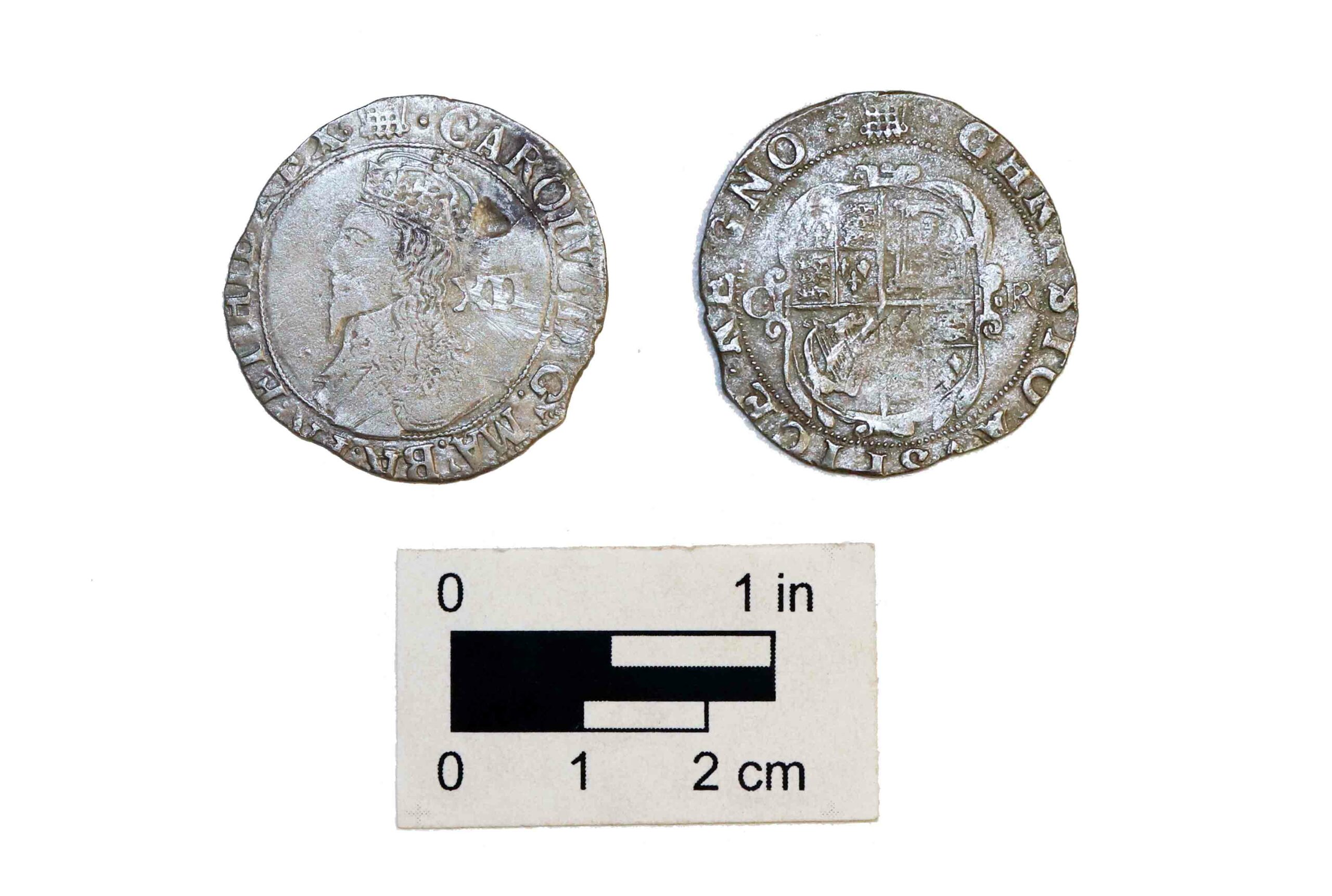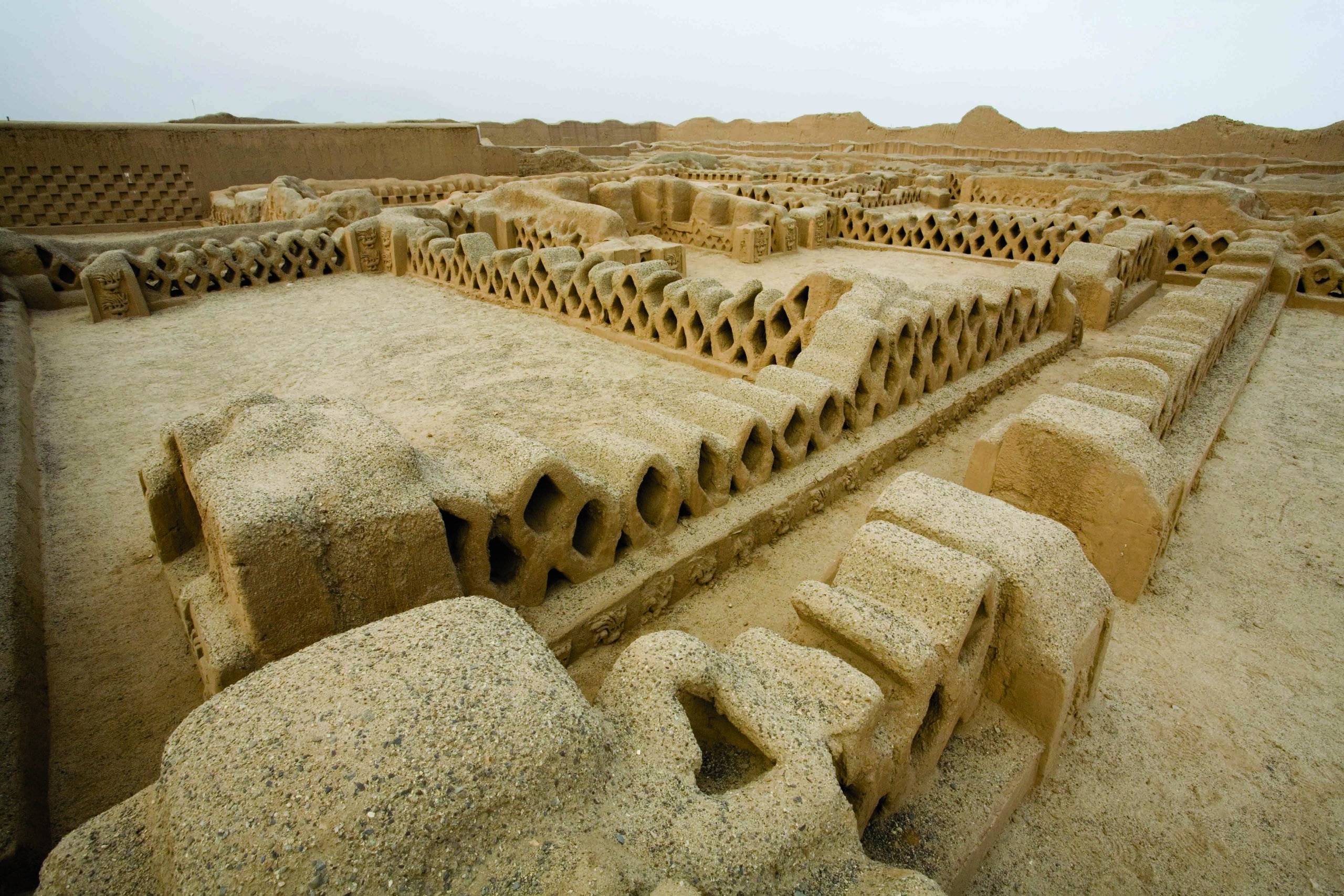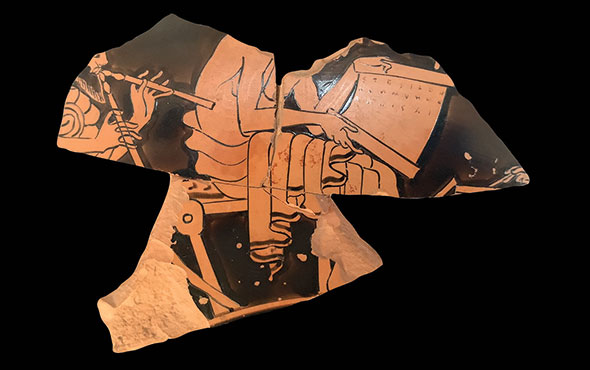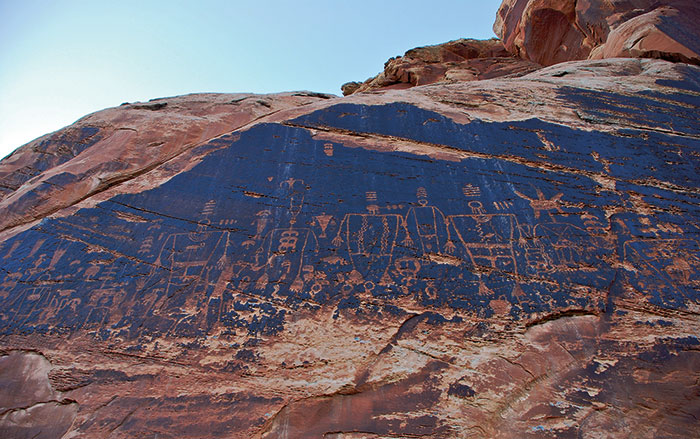
SOUTH BEND, INDIANA—According to a statement released by the University of Notre Dame, researchers led by physicist Khachatur Manukyan have analyzed some 600 money notes printed during the British American colonial period over a span of about 80 years. Some of the notes in the study were printed by Benjamin Franklin, who produced some 2,500,000 notes for the monetary system. Manukyan explained that Franklin and his network of printers employed security features in genuine notes to distinguish them from counterfeits, but the ledger recording the details of his methods had been lost. Employing high-tech spectroscopic and imaging instruments, Manukyan and his colleagues determined that counterfeit notes contained high levels of calcium and phosphorus, while genuine bills carry only traces of these elements. They also found that Franklin also used a special black dye made from graphite, instead of lamp black, which is made by burning vegetable oils, or bone black, made from burned bone. Franklin’s notes were also found to contain fibers of colored silks—a practice thought to have been introduced to the monetary system in the nineteenth century. The translucent mineral muscovite, when added to the paper, also made Franklin’s notes more durable and harder to counterfeit, Manukyan concluded. To read about excavations near the house of one of Franklin's contemporaries, go to "Letter from Philadelphia: City Garden."










